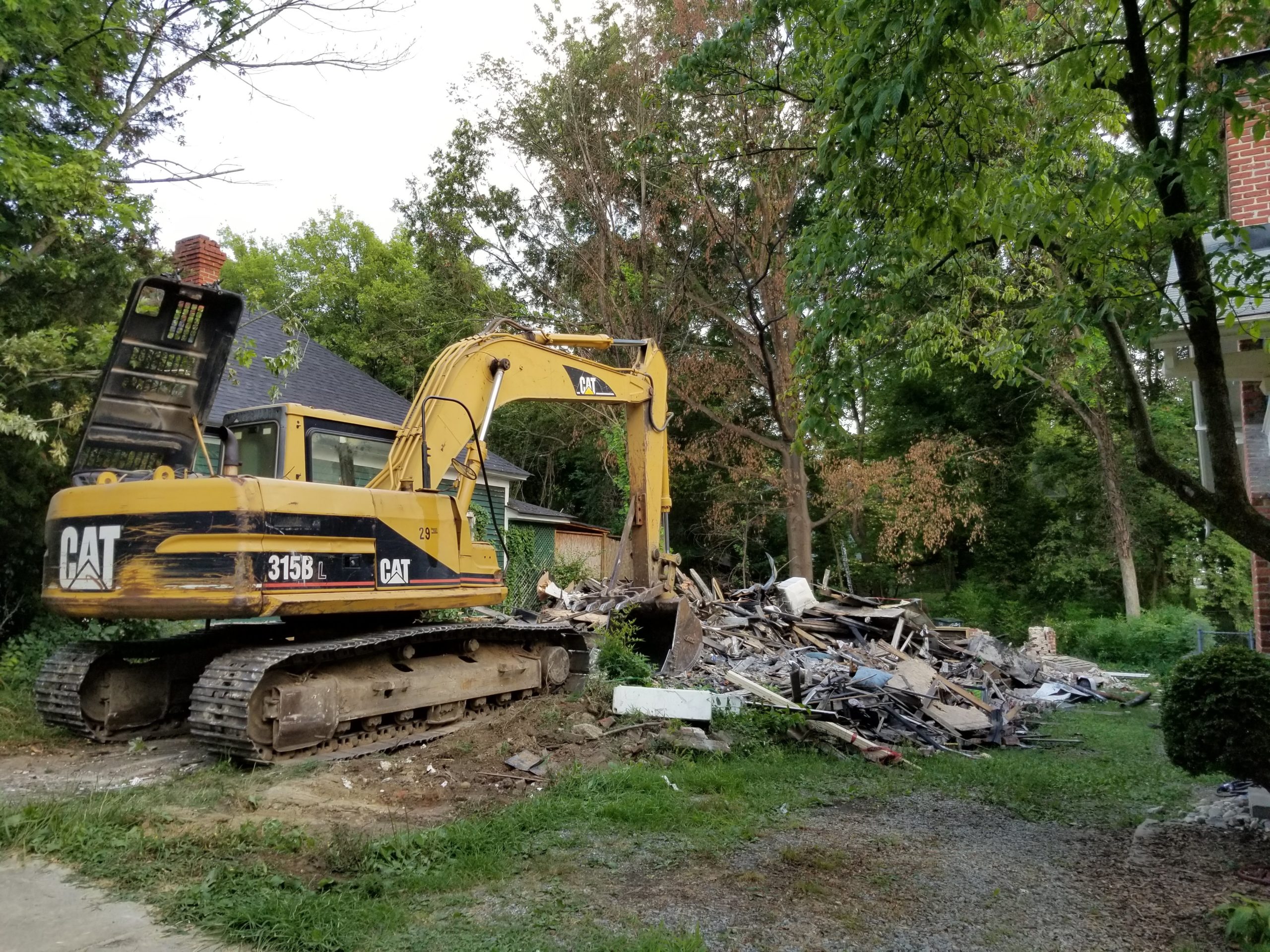
Cutting-edge crypto-coin technology arrives at a convenience store near you.
For those interested in making their lives as complicated as possible, there’s now a Bitcoin ATM at the College Mart on Tate Street. People who have figured out cryptocurrency can use it to buy Bitcoins, Bitcoin Cash and something called Litecoins.
More from Tate Street: Slices by Tony has opened a second location. It’s on Spring Garden Street on the other side of campus between Josephine Boyd and Chapman streets. … Construction is now complete on UNCG’s big new School of Nursing building.
The pandemic has been bad for businesses everywhere, but almost all of the Tate Street businesses are hanging in. Exceptions: Coffeeology, which still has a notice on its door dated last March, saying they’ll reopen when it’s safe to do so. They posted a few updates on Facebook, but nothing since July 4. And Pedro’s Taco House, which has been dark since March.
On McGee Street, Greensboro College has cut down its large, dying sycamore tree. That’s part of a new landscaping project along McGee recently approved by the Historic Preservation Commission. The plan calls for planting elm trees on McGee between College Place and Fulton Street and planting holly trees to screen a new scoreboard for the athletic field, among other things. It’s scheduled to begin this winter. The full plan can be found here.
A belated thank you

Beth and Kim Langlois did a beautiful job of decorating the College Hill signs for the holidays. Their beautification efforts throughout the year make our neighborhood a better place to live.
Downtown Greenway news

Photos from Action Greensboro
From Action Greensboro: The repainting of the bridge supports at Morehead Park on Spring Garden Street has been completed. Artist Darlene McClinton led a team that created the new painting, titled Bridging the Gap.
The section of the greenway running along Greensboro College (the former railroad track) is scheduled to go to bid in April. Construction is planned to begin this summer and to be complete next year. It will be the final section of the four-mile loop around downtown.



















